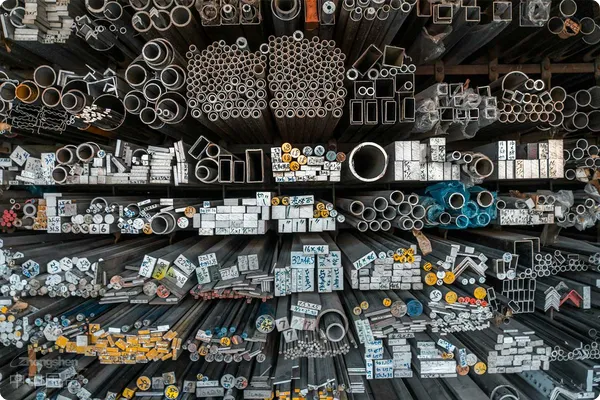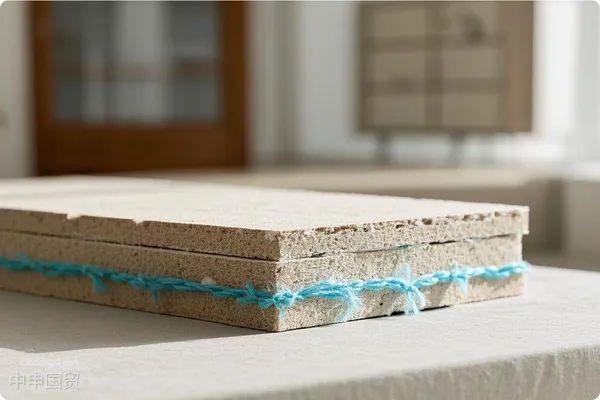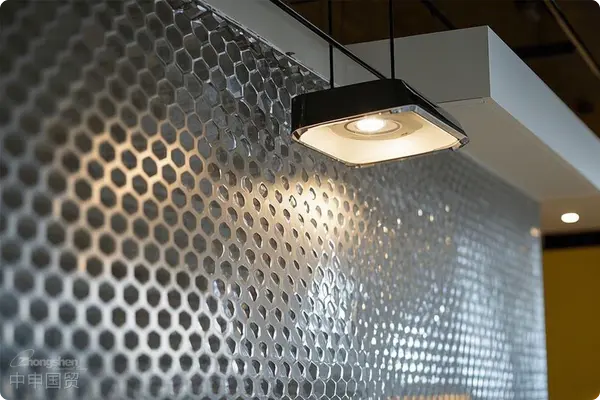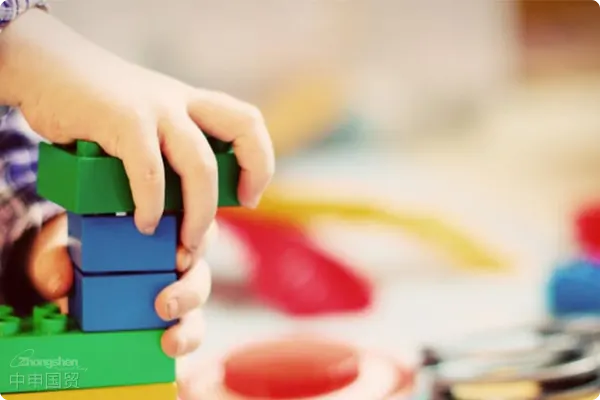- Shanghai Zhongshen International Trade Co., Ltd. - Two decades of trade agency expertise.
- Service Hotline: 139 1787 2118
In the trade of exporting ceramic products to Europe, compliance with anti-dumping duty rates is a critical issue that enterprises must handle carefully. How to ensure every step is accurate to avoid customs delays or additional costs? This article provides a compliance and optimization guide, from factory certification to transparent communication. Below are some steps to ensure the correct application and proof of anti-dumping duty rates:
Obtain certification from the manufacturing plant: The EU has implemented anti-dumping measures on ceramic products from China, with different tax rates applied to different factories. To ensure the correct tax rate is applied, you need to obtain an official manufacturers certificate from the production plant. This certificate should clearly state that the products are manufactured by the plant and include detailed information and contact details of the factory.
Preparation of customs clearance documents: During customs clearance, ensure all documents (such as commercial invoices, packing lists, etc.) clearly indicate the manufacturers information. This includes not only the manufacturers name and address but also the anti-dumping tax number (if applicable). This can help customs verify the true origin of the products.
Role of the trade promotion council: Consider obtaining official documents regarding export goods and their origin through local trade promotion councils or similar organizations. These documents can serve as additional proof to help confirm the production source of the goods.
EU anti-dumping investigations: Be aware that the EU may investigate companies suspected of circumventing anti-dumping duties. Therefore, maintaining transparent and honest business records is crucial. Ensure all export records, purchase orders, and payment proofs can be clearly traced back to specific manufacturers.
Compliance consultation: Consider hiring specialized customs and trade consultants or collaborating with experienced customs brokers to ensure all relevant regulations and requirements are met. They can provide specific operational advice to ensure your goods clear customs smoothly upon arrival at the destination.
Transparent communication: Maintain open and transparent communication with European clients to ensure they are aware of potential anti-dumping tax issues related to products purchased from you. This can help prevent potential problems on the client side and build trust.
By following these steps, you can master strategies for dealing with anti-dumping tax rates when exporting ceramic products to Europe, ensuring compliance while optimizing costs. Minimize customs clearance delays or additional costs caused by incorrect tax rates or insufficient documentation.
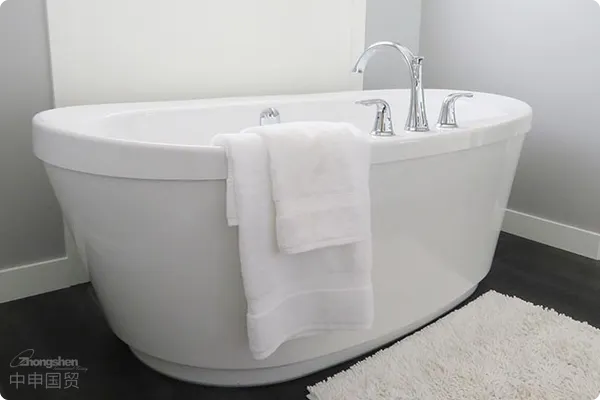
Related Recommendations
? 2025. All Rights Reserved. Shanghai ICP No. 2023007705-2  PSB Record: Shanghai No.31011502009912
PSB Record: Shanghai No.31011502009912

